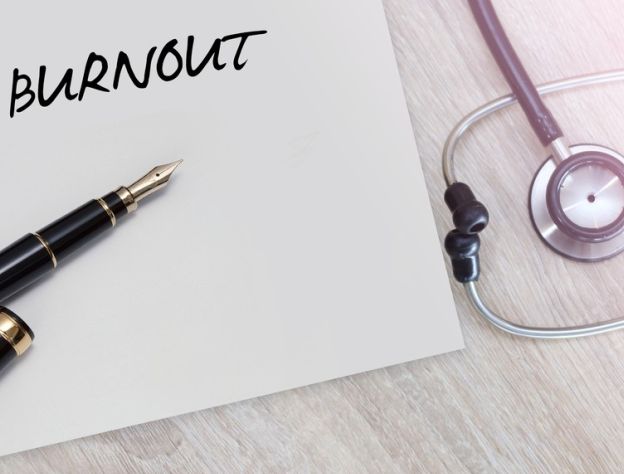Doctors and Burnout: It's Time To Step Back
M3 India Newsdesk Feb 27, 2017
Recent news reports cite a Mumbai-based survey that found 45.8% of the 7,288 physicians surveyed, had at least one symptom of burnout.

Symptoms of burnout include emotional exhaustion, depersonalization, and low sense of personal achievements. Burnout may reduce empathy and judgement essential for providing quality healthcare. Exposure to high level of stressors that include (patients) illness and loss plus non-clinical work such as bureaucratic necessities, continuous upkeep with medical knowledge, and limited resources contribute to doctor burnout.
Real World Consequences
Burnout = emotional depletion and maladaptive detachment induced by prolonged occupational stress.
High stress may induce depression, anxiety, sleep deprivation, fatigue, broken relationships, alcohol and drug addictions, marital discord, premature retirement, and suicide. In addition, doctors who experience burnout have a higher likelihood of providing wrong diagnosis or treatment — directly impacting the quality of patient care.
Who has the highest burnout rates?
In 2015, a US-based study found that family doctor (63%), urologists (63.6%), radiologists (61.4%), and orthopaedic surgeons (59.6%) had the highest burnout rates. In addition, burnout rates were highest among midcareer physicians.
Prevention is better than cure
In 2013, Swami et al reported that emotional intelligence training reduces burnout. EI training should be provided in medical college and residency programmes by using simulated patients to improve empathy, communication skills, and emotion management. Physicians should actively pursue self-care strategies to become more resilient e.g. pursue a hobby or take a scheduled vacation. Self-hypnosis is also useful for reducing stress.
Dr Asha Nair, a gynaecologist opines: "The best way to destress is by not stretching yourself too thin. Many doctors these days practice at multiple clinics and thus, are constantly exhausted. At times you have to do that, but it's important to switch off once you are home". While, Dr Manog Singh, an acupuncturist and Sujok expert says: "I meditate, do yoga, and stick to a light diet. When the day gets too exhausting, I take a walk and just focus on breathing deeply".
Tools for relaxing/de-stressing include ASMR (Autonomous Sensory Meridian Response). A tingling sensation induced by the sounds specific spoken words, alphabets, rain, page turning, whispering, soft spoken voices, and keyboard tapping. The tingling effect originates at the back of the head and spreads to the spine, arms, and legs. ASMR videos are available on YouTube, Soothetube, and other smartphone applications. ASMR is frequently used as a relaxant (98%), sleep aid (82%), and stress reliever (70%).
Meditation or deep-breathing: Involves easy-to-do deep breathing exercises that require a quiet space with dim lights.
Exercise: Exercise can be one of the best sources of beating stress and battling burnout. Exercise targets the body and the mind. Simple exercises such as a quick walk, jog, or run are relaxing. Lately, mindful communication programmes are reported to relieve short- and long-term burnout among doctors.
Last but not least, here are some apps that serve as relaxing/sleeping aids.
1. Sleep Easily Meditation: offers a guided relaxation audio that consists of voice and music which promotes deep sleep
2. Headspace: offers a simple and soothing 10-minute audio that promotes sleep
3. Room To Breathe Meditation: promotes guided breathing techniques
4. Relax Melodies: facilitates a power nap and has a timer
5. Happify: has specific types of activities to reduce anxiety, stress, and negativity
Learn more about this topic at:
-
Exclusive Write-ups & Webinars by KOLs
-
Daily Quiz by specialty
-
Paid Market Research Surveys
-
Case discussions, News & Journals' summaries